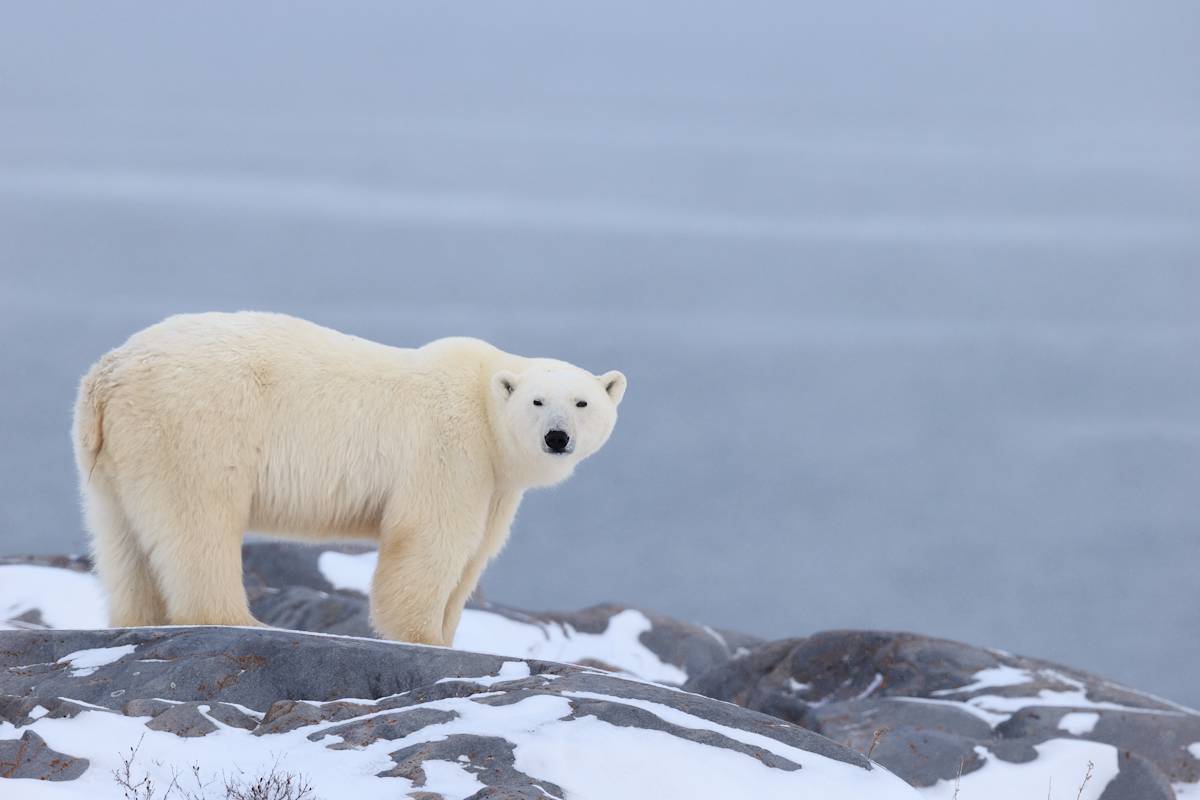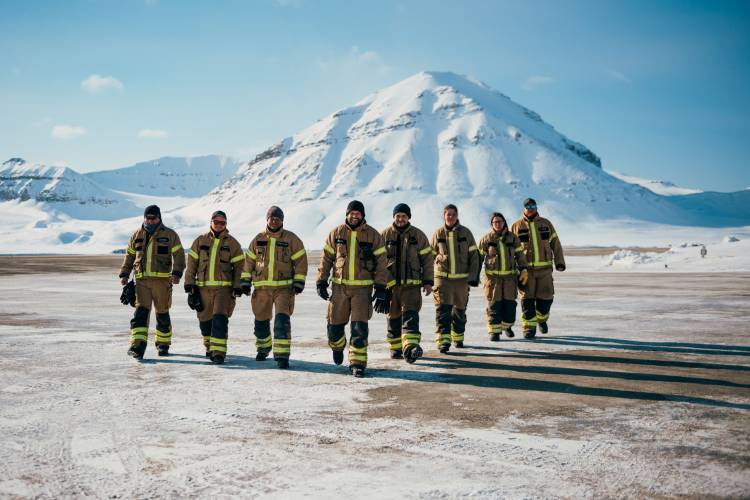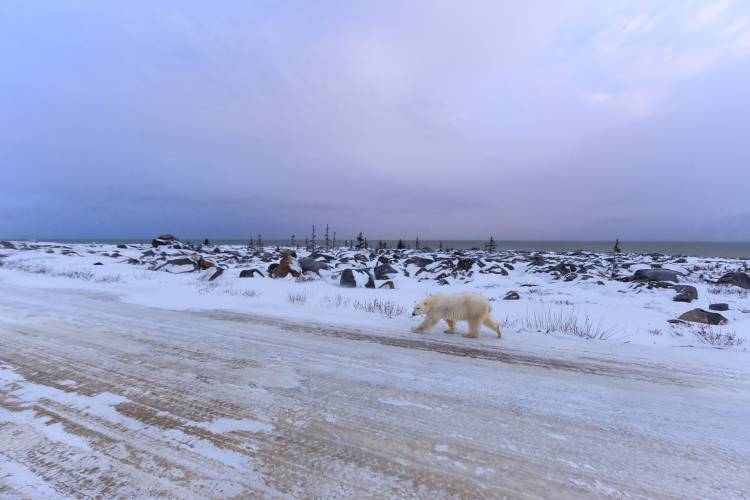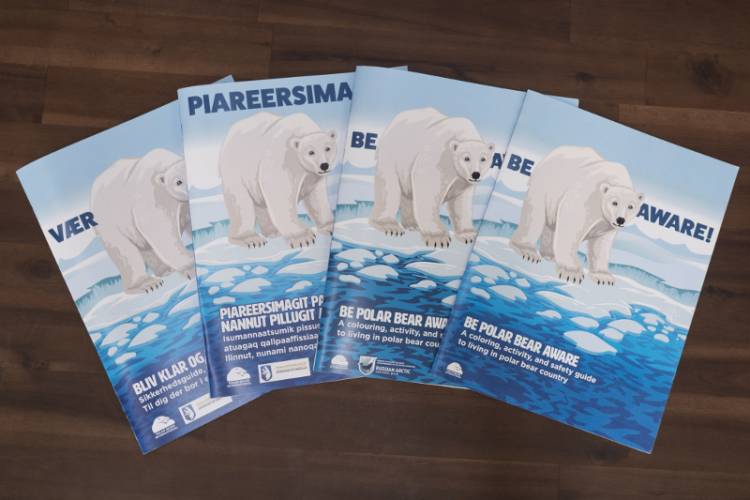By Alysa McCall, Director of Conservation Outreach and Staff Scientist
In December 2020, members of Moose Cree First Nation had an unwelcome surprise: a female polar bear and two cubs showed up at the local dump. It’s not always surprising to see bears at a dump, but this situation posed extra challenges: the bears were outside their usual range (several kilometers upriver from Hudson Bay), the community is situated on an island, and—most worrisome—the bears did not want to leave.
Biologists eventually moved the family to the coast, but the event motivated the community to look at how to avoid future polar bear visits. They are not the only ones doing so. The increasing melt of sea ice is forcing bears to spend more time on land, closer to people, increasing the likelihood of human-bear conflict.
Polar bears rely on Arctic sea ice as a platform on which to hunt their main prey, seals. They also use it for travel, and as a place to mate and sometimes den. However, the sea ice is melting from climate change, and the Arctic regions that are warming the fastest, like Hudson Bay, are already seeing changes in polar bear health and habits.
Longer ice-free periods
Hudson Bay has seasonal sea ice that completely freezes and melts each year. During the summer melt, polar bears wait on land until the ice refreezes in the fall; while on land, they rely on their body fat for sustenance. But the sea ice in this region is melting earlier and freezing later, forcing polar bears to spend one month longer on land now compared to the 1980s, a trend that is expected to continue. In particular, the Southern Hudson Bay (SHB) population now has less time to hunt in spring, poorer habitat conditions, and less body fat, all of which have translated into lower survival and reproduction rates. Meanwhile, their risk of negative human-bear conflict events is rising.
The coexistence of people and polar bears is a concern throughout the circumpolar Arctic, with serious implications for both human safety and polar bear conservation. Polar bears are spread out and reproduce slowly, so having more killed due to human conflict could increase the likelihood of population decline. Of course, people in northern communities cannot worry about that when lives are at risk, so they need alternatives that work for them.
Pro-active approach
The Cree people of the Hudson Bay lowlands have coexisted with polar bears for centuries, but they are increasingly aware of polar bear conflict situations. After hearing their concerns, Polar Bears International, the Ontario government, Environment and Climate Change Canada, and York University formed a partnership to work with communities in the region, with the goal of improving human safety and reducing the number of polar bears killed in defense of life and property, an approach similar to Polar Bears International’s support of the Town of Churchill's bear safety efforts. In fall 2021, this group will start gathering input and insights from Cree hunters and communities. Recorded Cree Indigenous knowledge of SHB polar bears—known as “wapusk” in the Cree language—is lacking and, to date, no research has focused specifically on human-polar bear coexistence in this region.
Initial research will involve communicating with each community to gauge their level of interaction with polar bears and their interest in the study. Interviews and discussions will identify methods that will be most helpful in each community, such as improved reporting methods, employment of bear monitors, attractant management (e.g., storage of dog food, garbage), infrastructure (e.g., fencing around landfills), training, education, or equipment. Long-term strategies may include technological solutions to detect and deter bears before conflict occurs.
Multiple factors contribute to human-bear conflict. Therefore, Indigenous knowledge and, specifically, the Cree approach to understanding ecological complexity will be critical to the success of this research and improving human-polar bear coexistence in Ontario communities.

















